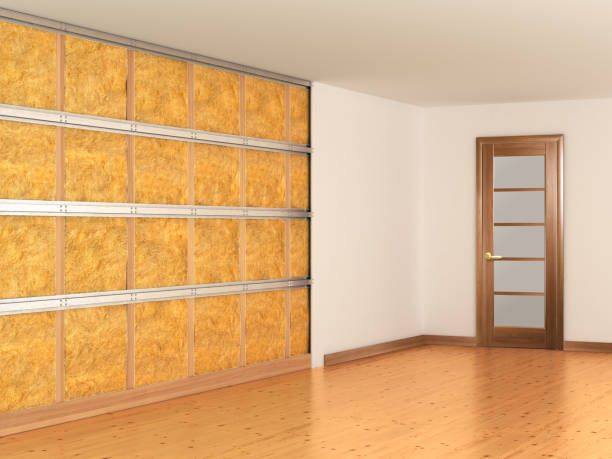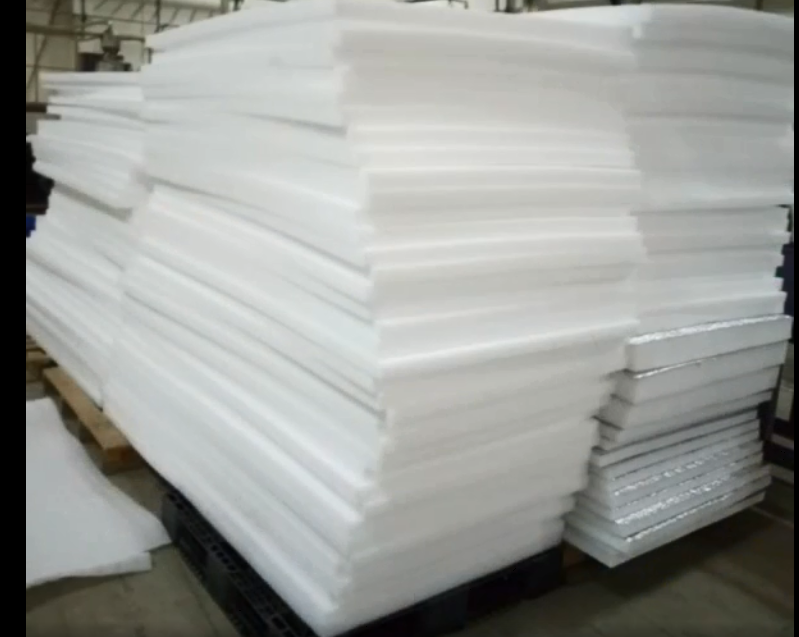Basement Waterproofing Specialist
Your Guide To Mounting A Dartboard On A Drywall
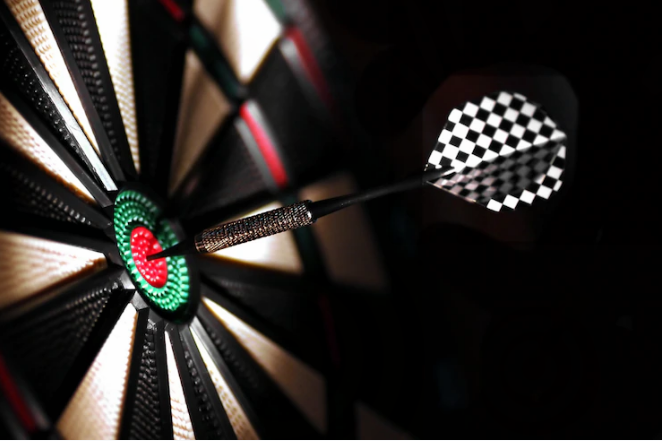
Mounting A Dartboard on A Drywall
If you’re interested in playing this popular sport, the first thing you need to do is to hang the dartboard. A variety of materials may be used for hanging a dartboard but the most common material is usually drywall. Drywall has an underlying problem – it cannot support unlimited weight.
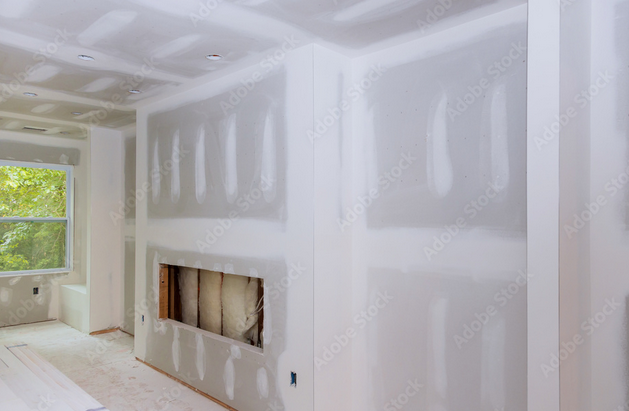

Is It Possible to Hang a Dartboard on a Drywall or a Plasterboard?
Drywall does not come close to wood or plaster when it comes to strength. If you plan to hang a dartboard on the drywall, you will need to invest in additional hardware. Before getting started, it is important for you to know that there are certain rules and regulations covering the measurements and height of the players and the dartboard.
You need to be aware of these regulations in order to hang the dartboard at the right height. It will allow you to play the game properly once everything is in place. This guide will help you by showing a step-by-step method of hanging a dartboard on the drywall in the right manner.
Best Place for Hanging Dartboard
In terms of dimensions, you should choose an area with at least 5 feet of width and 11 feet of length. Keep in mind that darts are capable of bouncing over a distance of almost 8 feet from the bull’s eye which is why you need to have proper space. If you want to protect the surrounding walls, you could use a piece of plywood.
Hanging a Dartboard on the Drywall
In most cases, dartboards and dartboard cabinets come equipped with one of the two common hanger systems which make it easy for users. In the first system, a hanging wire is provided which can be easily mounted onto a wall with the help of screws.
The other system consists of a bracket and flange system. The board can be made to slide on the wall easily with the help of the flange. You may also use the system to mount a dartboard inside a cabinet. These hanging systems also have included instructions as per the type of included mounting hardware and the brand.
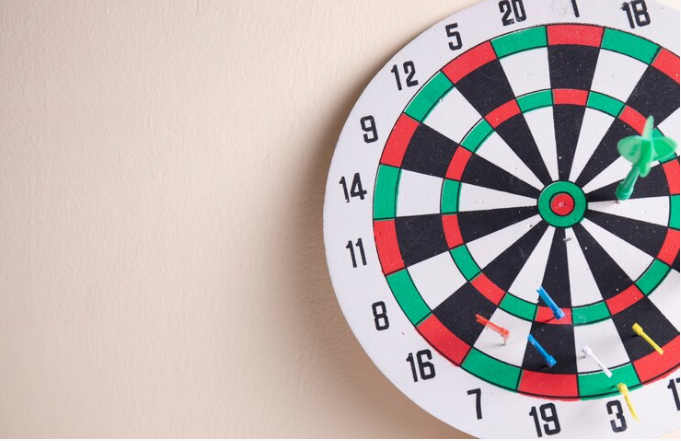
Dartboard Regulations – Height and Distance
In addition to taking care of the wall surface, you also need to choose the right location for hanging the dartboard. There should be enough floorspace and headroom to have a regulated and safe darting area. As far as the ideal height is concerned, it is recommended to hang dartboard at a height of 68 inches when measuring the distance from the floor to the bull’s eye. The formula for the throw line is to take the thickness of the board and add a distance of 9 ¼ inch from the wall.
After marking the proper height and throw line, you need to take a drill for making a small pilot hole. This hole will hold the plastic anchor. This plastic anchor is there to provide proper support for the dartboard to make sure the screw doesn’t fall out of the wall after some time.
Adding a drywall anchor makes a huge difference to the amount of weight that can be handled by the drywall. With a plastic anchor, drywall can sustain a weight of up to 50 pounds whereas it is capable of holding only around 20 pounds without a plastic anchor. If you’re using a dartboard stand or surround, these things also put additional weight on the drywall.
Once you have placed the anchor and the screw, just hang the dartboard on the screw. Make sure to double check everything.
Hanging a Dartboard without Any Screws
There are situations where you can’t just put a screw into the wall for hanging dartboard. In order to put a screw in, you will need to drill on the wall and that will damage the wall. In case it is not possible for you to use screws, you can use command strips. The weight carrying capacity of these strips is around 16 pounds. They are the best alternatives in case you do not want to use screws for hanging the dartboard.
Before using the command strips, make sure they have enough weight carrying capacity for the type of dartboard you are using. If you are not sure, make sure to find this information before using these strips.
Saving the Wall behind the Dartboard
If you’re not going to use screws, you will also need to do something to protect the wall behind the dartboard. Any stray darts can easily punch holes in the wall behind the dartboard. This is why you should think of using a backboard behind your dartboard in order to keep the wall safe from darts.
Some of the commonly used options include softwood planks, covered cardboard, or quartz. The goal is to add some cushion to the darts hit in order to avoid unwanted holes.
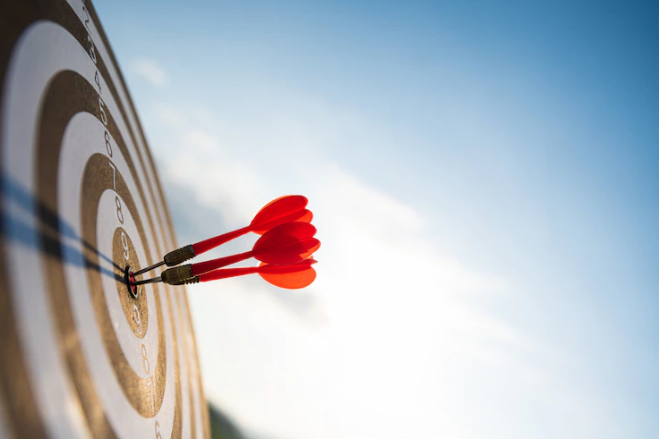
Cutting out the Noise
When you throw darts at a dartboard hanging on drywall, it amplifies the sounds produced with each hit. People who live alone do not need to worry about this thudding noise but there is a possibility that others might get annoyed and you need to do something about it.
One of the available solutions is using insulation when you’re mounting the dartboard. A variety of materials are available to muffle the noise. Some of the common examples include 2×4 carpet, dartboard cabinet, darts backboard or cork.
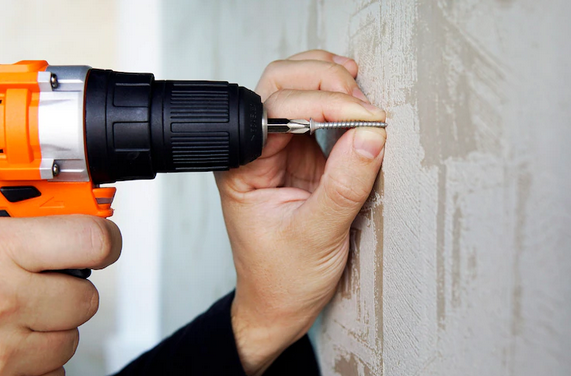
Choosing the Best Position for Placing Dartboard
If you have multiple options for placing the dartboard on the wall, it is recommended to choose the studs. Studs are the wood that provide support to the drywall. You can easily locate studs by tapping on the wall.
The space behind the drywall might also have some pipes and wires running behind it and if you’re not sure about the location, there is no harm in buying a $20 tool for scanning the wall for locating these pipes and wires. This tool is extremely helpful in avoiding coming in contact with plumbing or electrical wiring when you are planning to mount your dartboard.
Inspecting and Preparing the Floor
The place where you’re going to stand and throw the dart is also important. You might not have the budget to set up a custom floor for your darts. An important thing you need to understand is that darts can be potentially damaged depending on the material on the ground where the darts fall after bouncing off the dartboard.
Adding Protection to the Surrounding Wall
Accidents can happen to anyone regardless of whether you are an aspiring amateur or a professional. Not every dart is going to stick on the dartboard and this is why you need to carefully think about the materials surrounding the dartboard. You might want to use a dartboard cabinet to protect the walls. These cabinets act as a housing for the dartboard and also provide enough protection by absorbing incoming darts. However, the cost could be an issue as these are expensive when compared to a standard dartboard surround.
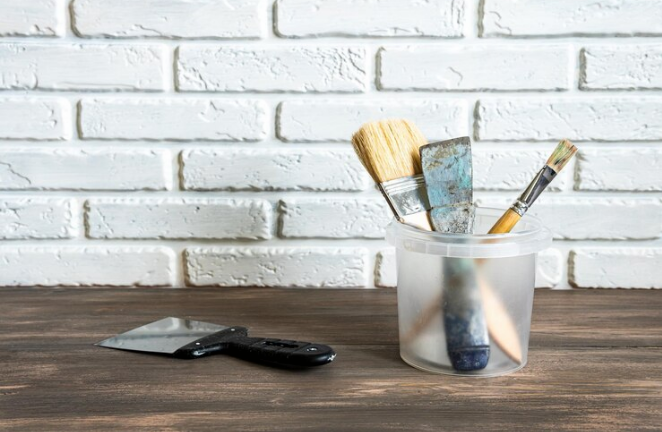
Final Thoughts
In order to position a dartboard properly on the drywall, find an open space that does not have any breakable objects and isn’t a high-traffic area. Take the required measurements and do the markings to prepare for mounting.
Make sure to use the right mounting equipment such as a screw and a drywall anchor. After hanging the dartboard, you will also need to properly mark the throw line. Once you have measured everything and properly mounted the dartboard, get a few sets of darts and a couple of friends to start playing.
